The House of Chanel has been shaped by iconic designers who continue Coco Chanel's groundbreaking vision. After Coco's founding in 1910, Karl Lagerfeld took the reins in 1983, merging modern style with Chanel's rich history until 2019. Following him, Virginie Viard, with her deep roots in the brand, focuses on timeless elegance while embracing contemporary designs. As of June 2023, Chanel is in search of a new creative director to balance tradition with today's fashion trends. Each designer's unique touch reveals how legacy and innovation can intertwine—there's much more to explore about Chanel's dynamic journey.
Legacy of Coco Chanel
Revolutionizing women's fashion in the early 20th century, Coco Chanel founded the House of Chanel in 1910, leaving an indelible mark on style and comfort. As a visionary fashion designer, she challenged norms and introduced designs that emphasized both elegance and practicality.
Her legacy is woven into the very fabric of modern fashion, with iconic pieces like the little black dress, which she popularized in 1926. This garment became a timeless staple, proving that simplicity can be incredibly chic. Chanel's influence can also be seen in how brands like Celine evolved their identity over the decades, with significant changes in logo design that reflect broader fashion trends and consumer preferences vintage identification resources.
Chanel No. 5, launched in 1921, was another groundbreaking innovation. It was the first modern perfume, and its popularity endures, making it one of the best-selling fragrances in history.
Chanel also transformed women's professional attire with the introduction of the Chanel suit in 1925. This ensemble redefined how women dressed for work, symbolizing a new era of empowerment and independence.
Even after her passing, Coco Chanel's influence persists. The House of Chanel continues to thrive, with Karl Lagerfeld stepping in as the creative director, ensuring her vision remains relevant.
The blend of haute couture and everyday wear that she championed has paved the way for contemporary fashion.
Coco Chanel's legacy isn't just about her designs; it's about the confidence and freedom she instilled in women. Today, her impact is celebrated and preserved, reminding us how one woman's vision can change the world of fashion forever.
Evolution of Design Aesthetics
Chanel's design aesthetics have transformed considerably since Coco Chanel first introduced the comfortable elegance of jersey fabric in the early 20th century. This revolutionary approach prioritized comfort and ease of movement, shaping women's fashion for generations.
Over the years, the evolution of design at Chanel reflects both a respect for its roots and an embrace of modernity, much like how vintage clothing identification relies on understanding brand history and design trends.
During Karl Lagerfeld's tenure from 1983 until 2019, he reimagined iconic designs while blending modern technology with traditional craftsmanship. His signature elements, like the tweed suit and quilted handbag, became symbols of the brand's enduring legacy.
After his passing, creative director Virginie Viard focused on honoring Chanel's heritage, introducing contemporary designs that emphasized craftsmanship and wearable art.
Key points in this evolution include:
- Coco's Foundation: Introduced functional garments that emphasized comfort and style.
- Lagerfeld's Innovation: Merged modern techniques with classic designs, ensuring relevance in a changing fashion landscape.
- Métiers d'Art Collections: Celebrated artisanal craftsmanship, preserving traditional skills while showcasing luxury.
- Viard's Sustainability Initiatives: Launched 19M, a hub for artisanal crafts, reflecting a commitment to modern luxury that respects the past.
The evolution of Chanel's aesthetics embodies a blend of history and innovation, ensuring the fashion house remains a beacon of luxury and craftsmanship in today's dynamic world.
Key Designers Through the Years
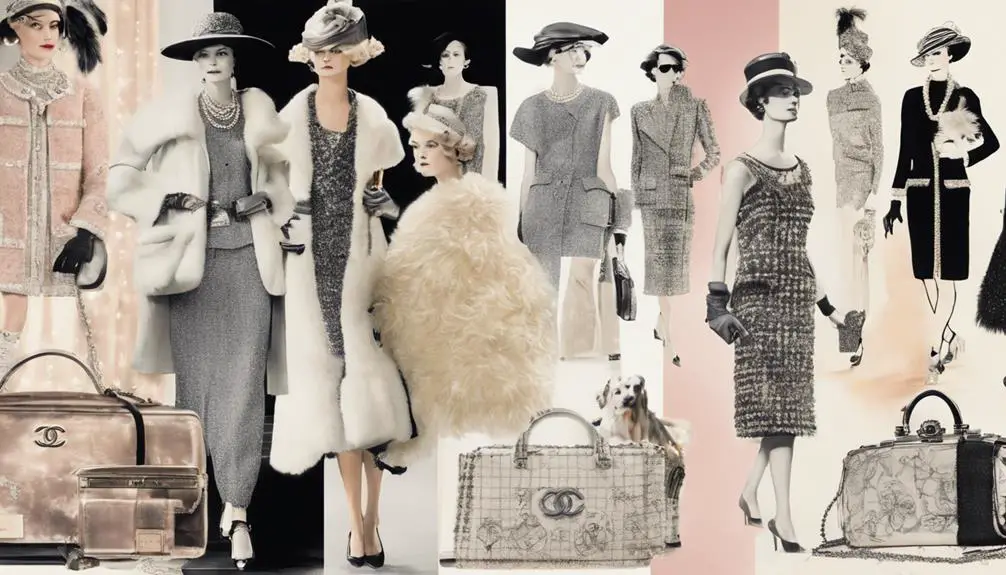
The evolution of design at Chanel wouldn't be complete without recognizing the key figures who shaped its identity over the years. Gabrielle "Coco" Chanel, who founded the House of Chanel in 1910, transformed women's fashion forever. Her iconic designs, like the Chanel Suit and the little black dress, became symbols of elegance and independence.
After her passing in 1971, the brand needed a new vision to carry on her legacy. Enter Karl Lagerfeld, who became Chanel's creative director in 1983. He expertly modernized the brand while honoring Coco's original spirit. Lagerfeld's collections were a mix of classic Chanel couture and contemporary flair, ensuring that Chanel remained at the forefront of fashion. His tenure lasted until his death in 2019, leaving a profound impact on the House.
Following Lagerfeld, Virginie Viard took the helm, bringing over 25 years of experience with Chanel. She focuses on craftsmanship and timeless elegance, guiding the brand into a new era while keeping the essence of Chanel alive.
The Wertheimer family has also been essential to Chanel's success since acquiring the brand in 1954. Their leadership maintains Chanel's exclusivity and luxury status, overseeing both design direction and business strategy.
Additionally, the Métiers d'Art collection showcases the specialized craftsmanship that defines Chanel's legacy, highlighting the talented artisans who contribute to its enduring allure. These key designers, past and present, have shaped the House of Chanel into the iconic fashion house it's today.
Cultural Impact and Collaborations
Fashion's cultural impact often intertwines with creativity and collaboration, and the House of Chanel exemplifies this connection through its dynamic partnerships. Designers like Karl Lagerfeld and Virginie Viard have consistently championed artistic collaborations that celebrate Chanel's heritage while appealing to modern audiences.
This approach not only showcases the craftsmanship behind the brand but also highlights its commitment to innovation, evidenced by the evolving designs and vintage tag styles that reflect its rich history.
Here are four key aspects of Chanel's cultural impact and collaborations:
- Métiers d'Art Collection: Initiated by Lagerfeld in 2002, this collection showcases the exquisite craftsmanship of specialized artisans, preserving traditional techniques and promoting artistry.
- Partnerships with Cultural Institutions: Exhibitions like "Gabrielle Chanel. Fashion Manifesto" at Palais Galliera emphasize Chanel's historical significance and ongoing influence within the fashion landscape.
- Artistic Collaborations: By working with contemporary artists and filmmakers, such as Sofia Coppola, Chanel creates visually striking pieces that resonate with audiences while pushing creative boundaries.
- Philanthropy and Social Responsibility: Through initiatives like the Fondation Chanel, the brand actively supports women's empowerment and health, aligning its legacy with social responsibility and community engagement.
Chanel's collaborations not only enrich the fashion world but also foster a dialogue between heritage and modernity.
Future Directions and Challenges
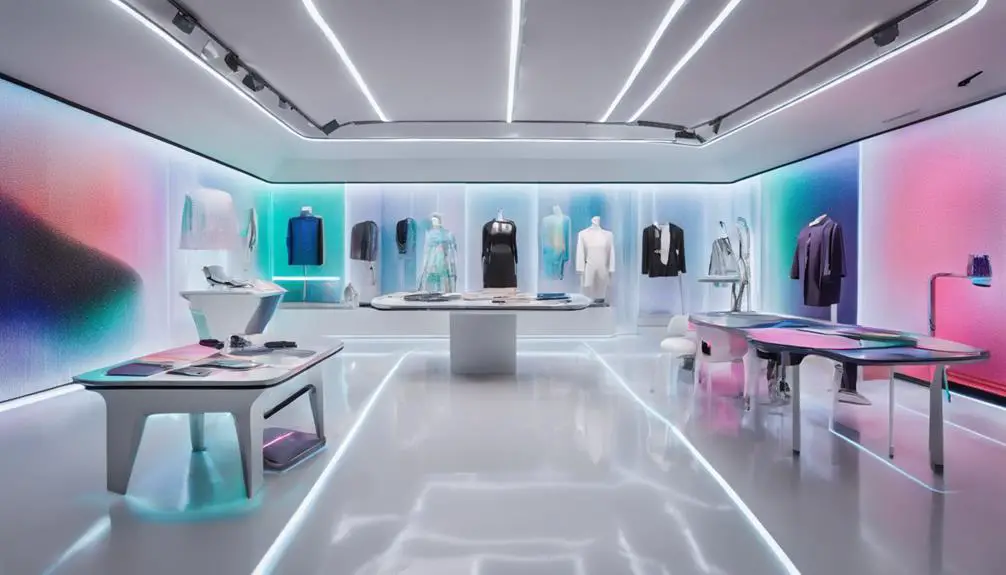
Steering the future of the House of Chanel presents both exciting opportunities and significant challenges. With Virginie Viard's dismissal in June 2023, Chanel is on the lookout for a new creative director who can breathe new life into the brand. This designer faces the formidable task of reimagining Chanel's aesthetic while honoring its rich heritage.
Balancing innovation and tradition isn't just a creative challenge; it requires strong business acumen to navigate the complexities of the brand's legacy.
In today's fashion landscape, many feel stuck in a rut. The new creative director must rejuvenate Chanel's creative direction, responding to industry demands for fresh ideas and unique experiences.
Speculation swirls around candidates like Daniel Roseberry, Marc Jacobs, Glenn Martens, and Nadège Vanhélé, each offering distinct perspectives that could shape the brand's future.
As Chanel continues to evolve, the next designer's ability to innovate while respecting the brand's storied history will be vital. The future of haute couture hinges on this balance. If successful, the new creative director can redefine what Chanel stands for in modern fashion while maintaining its iconic status.
Ultimately, the journey ahead is one of transformation. By embracing change without losing sight of the past, the next chapter in Chanel's legacy can be both groundbreaking and timeless.
This delicate dance between heritage and innovation is what'll define the future of the House of Chanel.
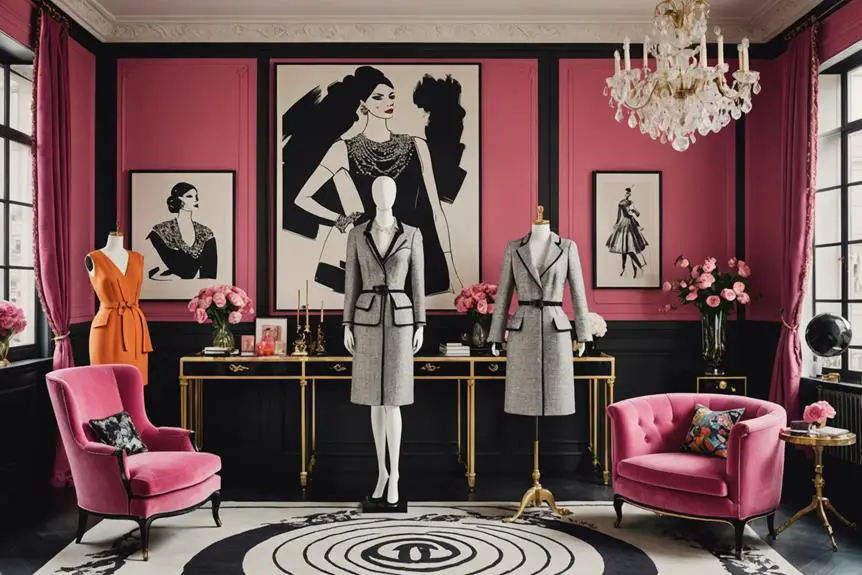

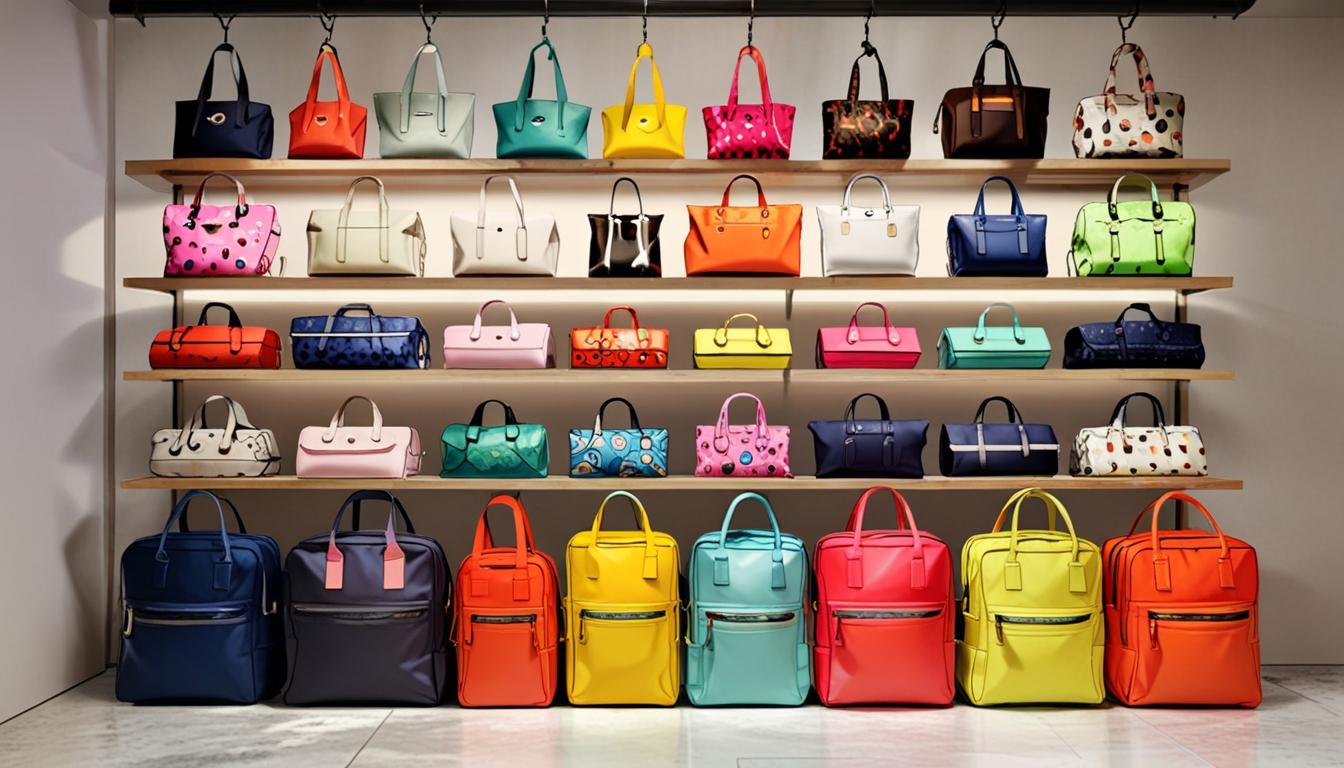
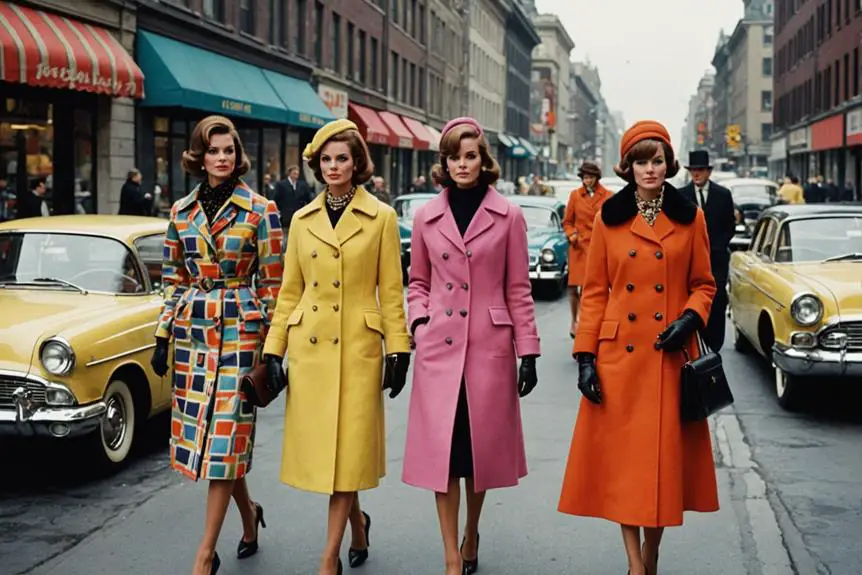

Aruun ?elf Storage ?ffers secure, low-cost storage units
ne?r Worthing. Perfect f?r caravans, cars, ?nd motorhomes.
Contact uss t?d?y.
Real clear website , thankyou for this post.